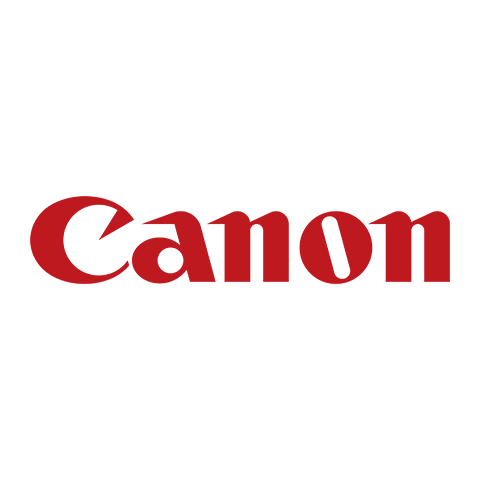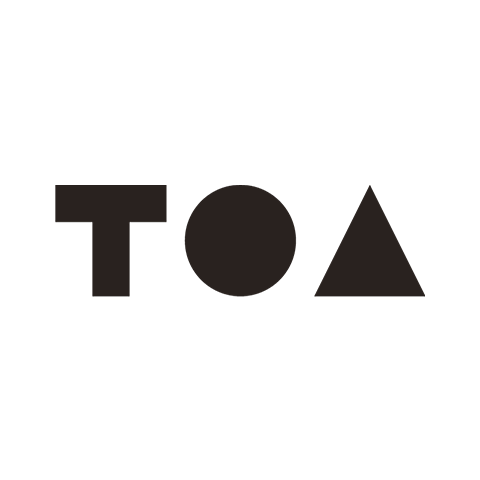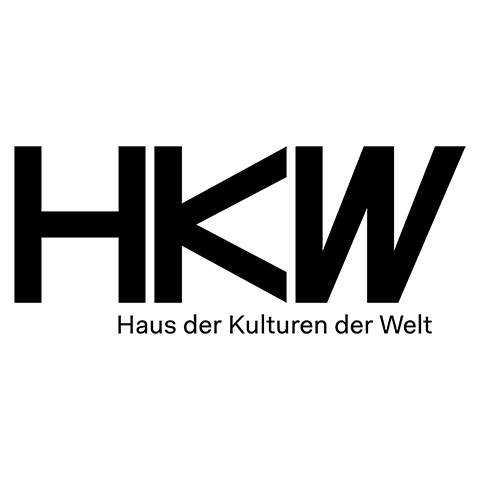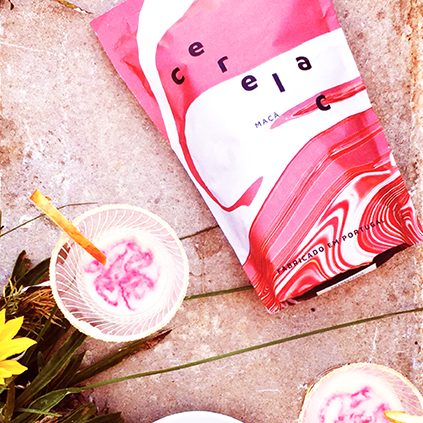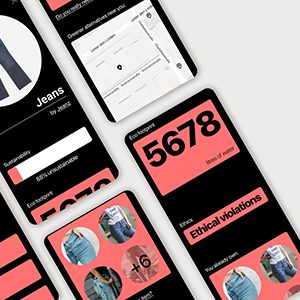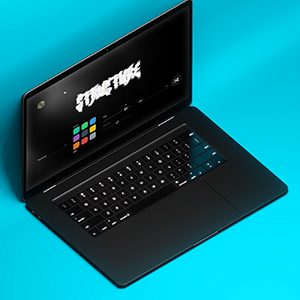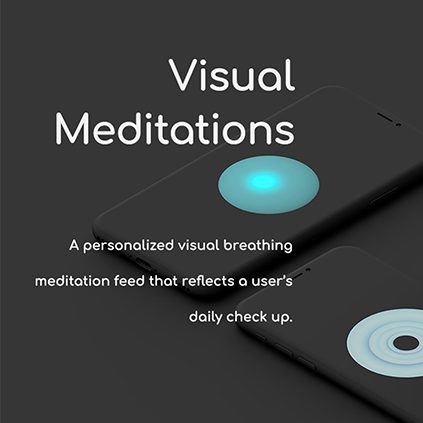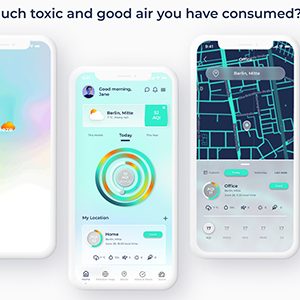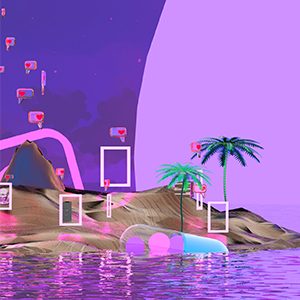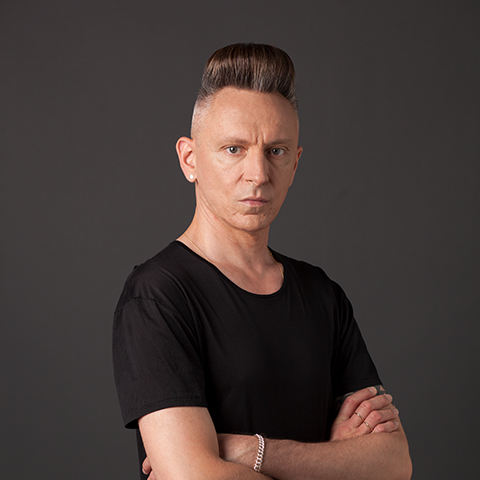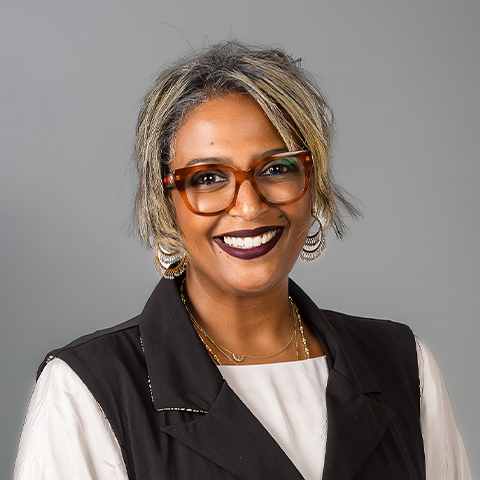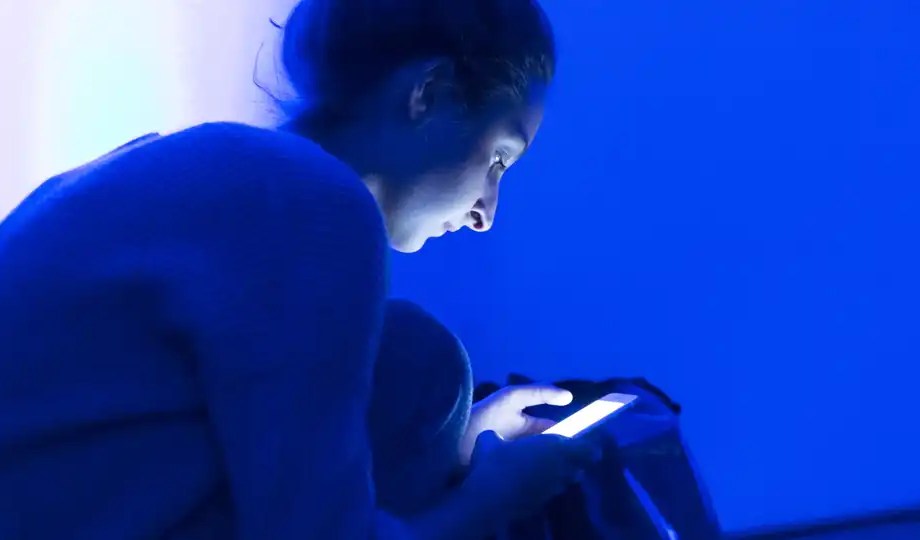
Design digital products
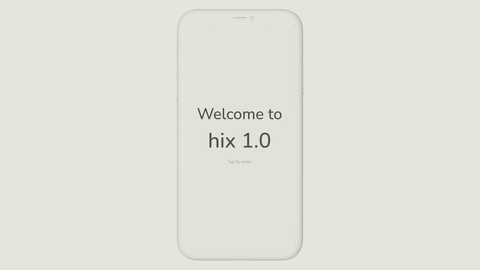
Curriculum | Visual & Experience Design
Choose to study visual design over two, three or four semesters at the University of Europe for Applied Sciences. The visual and experience design curriculum gives students the flexibility to study around prior personal and professional commitments by providing three options. Explore modules such as Culture in Technology and Graphic Practice & Narratives when you choose to study visual design at UE.
Video by Lou-Anne Lalé
Download Curriculum 60 ECTS Download Curriculum 90 ECTS Download Curriculum 120 ECTSKey facts MA Visual & Experience Design
Check out our Location
Take a look at our Innovation Hub (Berlin-Potsdam) or Dubai.
Join us and experience the best of both worlds.
Do you want to see our campus but aren’t around? Check out our Virtual Campus Tour.
Admission Requirements
Here are some things you will require for your application at the UE:
- Completed admission form
- Transcript & language proficiency
- CV & Copy of passport
- Motivational letter
- A portfolio is required
Technological Advancements
The integration of technology into various sectors is accelerating, leading to the creation of new roles that blend creative and technical skills. For instance, the demand for professionals adept in user experience (UX) and user interface (UI) design is on the rise, as companies seek to enhance digital interactions. UE’s Master’s programme in Visual & Experience Design equips students with the necessary skills to conceptualise and implement advanced interactive interfaces and digital products, aligning well with this industry demand.
Source: World Economic Forum, The Future of Jobs Report 2025
Semesters & Credits
- 2, 3 or 4 semesters
- 60, 90 or 120 ECTS (Credits)
- Choose between the Standard Track (120 ECTS) and the Fast Track (60 or 90 ECTS) study options based on your previous education. Dubai options – 90 & 120 ECTS
- Teaching language: English
- Classes are typically scheduled between Wednesdays & Saturdays
Examination and Study Regulations
The programme starts in both the winter and summer terms.
Get an insight into the Master Visual & Experience Design from Prof. Dr Peter Crnokrak, our programme director at the UE Innovation Hub.
Fees
- EU applicants standard: From € 854monthly
- Non-EU applicants standard: From € 12,000 yearly
- Dubai applicants:
AED 77,060 (1.5 Years)
AED 100,800 (2 Years)
Got questions about financing? Check out our fees!
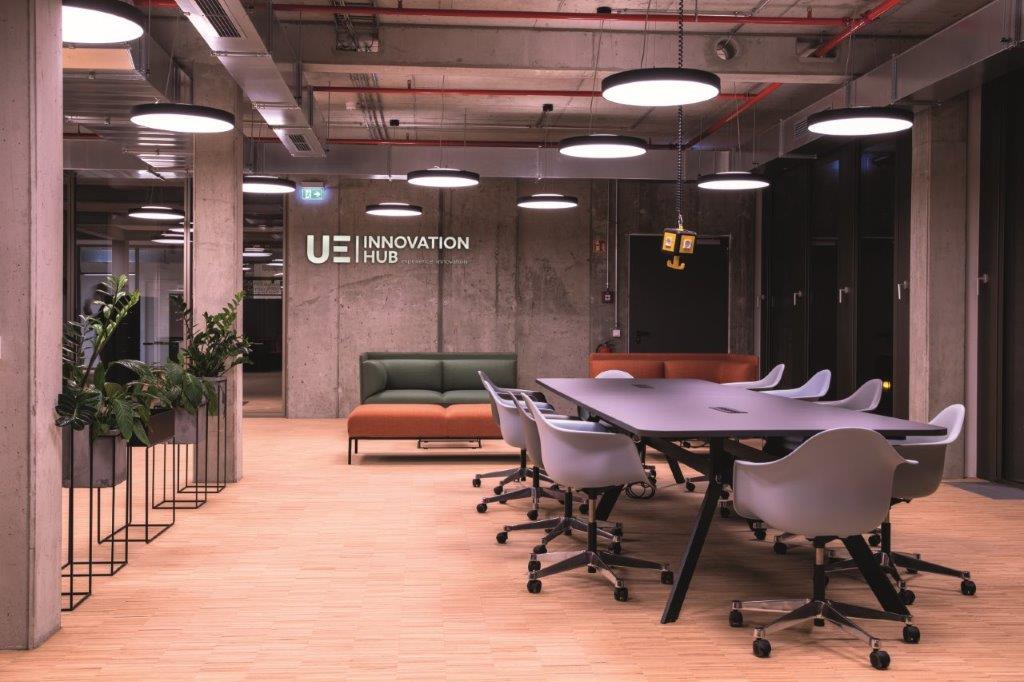
Study Visual & Experience Design and build a career.
In our Master’s programme in Visual & Experience Design, students gain an understanding of innovations in the realm of digital, computer-assisted, and physical interactions that permeate our daily lives. All topics are taught in consecutive clusters, enabling students to grasp theories, apply them to real contexts, and devise entirely new scenarios. This course focuses on fostering critical awareness of the balance between creative, commercial, and business considerations to develop visual narratives using a variety of tools and graphic elements.
The international design industry is in search of talents adept at delivering functional and appealing user interfaces (UI) as well as crafting sustainable user experiences (UX). The fusion of skills in advanced visual design along with methods applied in a user-centered design scenario forms the core of the programme at UE.
Potential areas of employment may include: Visual & Experience Designer, Brand Designer, Service Designer, Experience Designer, Product Design Developer, Design Strategist, Creative Director, and Entrepreneur.
What to expect from the Master in Visual & Experience Design
Visual & Experience Design is a master programme welcoming the applicants majoring in visual and graphic design, product design, interaction design, communication and marketing, media and web design, new media or coding- or software engineering-related subjects.
Students will gain deep knowledge of the social repercussions of data technologies, including analytics and AI. They will also learn to design across a spectrum of digital prototyping platforms such as Sketch, Figma, InVision, etc. Additionally, they will advance in UI/UX design coupled with object-oriented interactive prototyping. Moreover, students will develop advanced data visualization design skills and more.
At UE you’ll have the unique opportunity to bring your design skills to a vibrant multicultural and interdisciplinary environment. You will engage in courses revolving around visual design, illustration, digital image creation, photography, contemporary typography, the creation of communication artefacts, the building of interactive prototypes, brand identity design, innovation design management and design research.
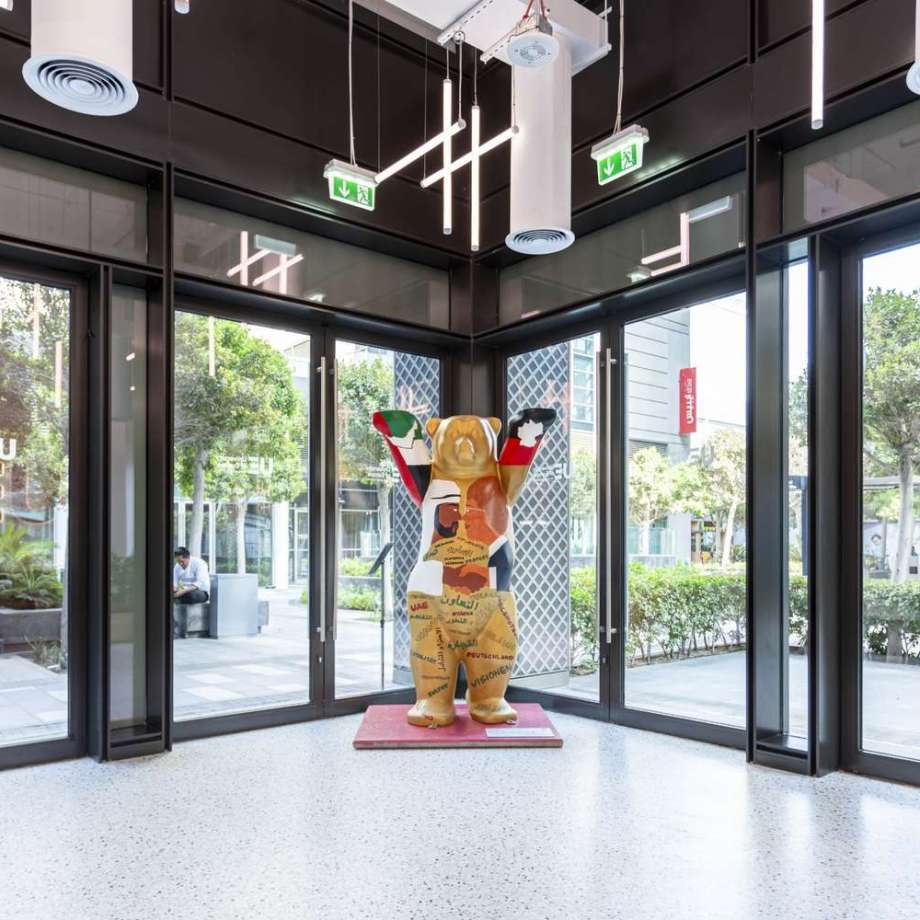
Study in the Innovation Hub in Potsdam near Berlin or in a sunny Dubai
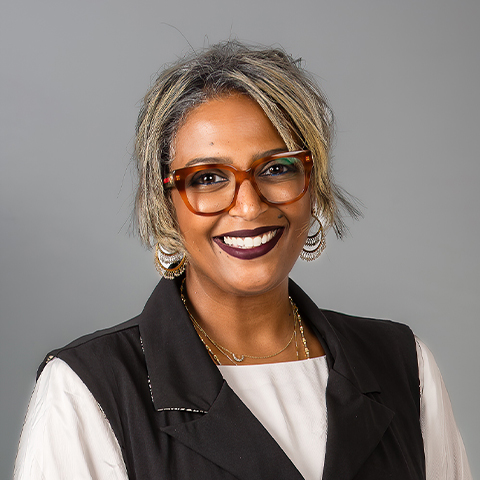
– Prof. Dahlia Mahmoud
